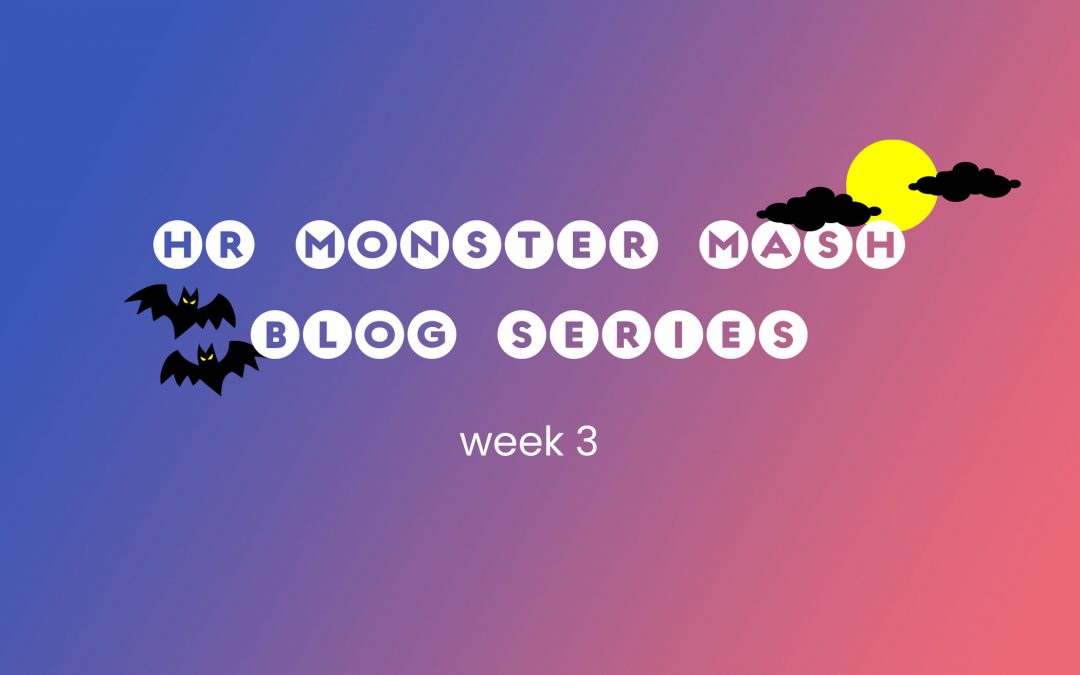
10 Tips to Manage Talent Effectively
Effectively managing talent is critical for project-focused companies who rely on their people to provide
value to the business. Leverage these ten tips to ensure your people are working at peak productivity,
delivering exceptional projects to delight clients, and driving organizational growth. Each of these tips will
help you manage and retain more top talent while consistently contributing to the overall business strategy.
- Keep Communicating – Make a conscious effort to listen and talk to your employees about their
frustrations and aspirations within the company. Take time to really listen; remind them how much you
appreciate their work and value their contribution to the firm. Keep the lines of communication open
by leveraging continuous feedback sessions and implementing project-based appraisals. - The Stars Are Aligned – Keep your top performers in tune with the current corporate strategy. This
creates a culture of reciprocity and mutual understanding for both the company and its employees.
You will start to see personal goals align with the overall organization’s goals. - Emphasize Strengths – Use development plans to address the weaknesses and problems of your
employees while honing in on their talent potential. Consider strategically assigning employees to
projects that will help them strengthen new skills. Utilize development plans, career paths, and
learning opportunities to help employees recognize their strengths while closing competency gaps. - Think Like a Headhunter – When it comes to your top talent you must know who they are, what skills
they possess, and their potential within your firm before someone else does. There are few things
worse than losing an important project leader or an individual contributor at a critical juncture in a project
delivery cycle. Think like a recruiter and cultivate your existing talent by including them in succession
plans. Employees are more likely to stay with you longer if they understand their path within your
organization. - Be More Inclusive – Research shows that 75% of diverse organizations are more likely to see their
innovative ideas brought to life. This statistic stems from leaders embracing diversity and encouraging
their employees to speak up about their opinions. Creating a diverse and inclusive environment
allows employees and managers to embrace innovation. - Know What Success Looks Like – Define success by creating competency models. The ability to
measure your employees’ performance allows you to determine their success within the construct of
your company. Best-in-class companies don’t rely on subjective thoughts to determine their talent
performance, but rather, they create competency models throughout their organization to build a
model of sustainable success. - Who’s Ready to Move Up? – Identifying potential leaders is one step towards filling vacant leadership
roles. The second step is to have a clear path to identify and develop their skills. Most companies
identify but forget to develop leadership skills. Take the time to identify, develop, and refine your
potential leaders. - Plan, Plan, Plan – The best thing you can do to face the competition for talent is to plan. Creating and
building a robust and comprehensive talent management solution strategy is a big feat. Take the time
to plan and build your talent management solution strategy for effective and sustainable success
that flows from within. - Embrace Data – Big Data seems overwhelming, but with the help of a unified technology solution, it
can be a manageable and powerful tool to fuel the success of your company. Having a unified HR
technology solution can help you handle talent-related data and provide straightforward and
powerful analytics utilized in all stages of the talent management strategy. - Reduce Turnover, But Do It Right – Low turnover sounds great, but make sure that the small number
of people leaving are not your best people. Turnover is expensive, but no matter the size, make sure
that the attrition of your best talent stays low. Top performers are difficult to replace and can have
a material impact on your project delivery


 Trolls are horrible bosses who make you want to scream with their bullying, micromanaging or up-and-down, rage-like behaviors. The troll boss may hog the credit for your achievements, throw you under the bus or show a total disregard for your wellbeing.
Trolls are horrible bosses who make you want to scream with their bullying, micromanaging or up-and-down, rage-like behaviors. The troll boss may hog the credit for your achievements, throw you under the bus or show a total disregard for your wellbeing.
 Welcome back to Week 3 of the HR Monster Mash!
Welcome back to Week 3 of the HR Monster Mash!

